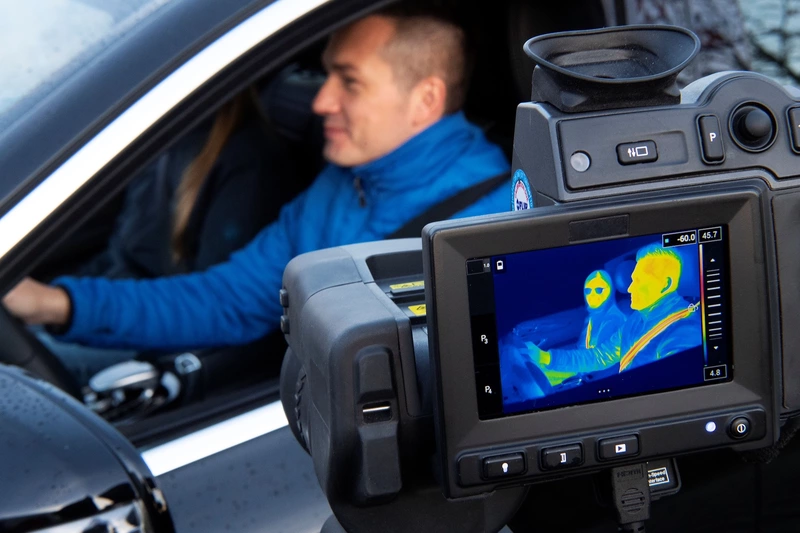Are seatbelt heaters the key to extending EV range?

While heated seats and steering wheel heaters are common features in new cars, supplier ZF is now touting seat belt heaters.
In cold weather, seatbelt heaters can increase range by up to 15% by reducing the amount of energy needed to heat the cabin, ZF said in a press release.
Both seat heaters and seatbelt heaters are efficient ways to apply heat directly to a person's body to achieve a more comfortable temperature than air is pumped into the cabin. For this reason, automakers such as Volkswagen emphasize the inclusion of heated seats as a way to maximize the performance of EVs in cold climates.
ZF's seat heaters consist of webbing similar to conventional seat belts, but incorporate a heat conducting element. This slightly increases the thickness of the webbing, but ZF claims that this does not affect ease of manufacture or occupant comfort. Since no changes to the buckle or retractor are required, the heated seatbelt functions exactly the same as a conventional belt, the company adds.
In addition to reducing energy consumption by the air conditioning system, heated seat belts also offer safety benefits. The extra heat reduces the need to wear jackets and other bulky clothing in the car and keeps seatbelts close to the body, the company notes.
While ZF has not announced where the heated seat belts will be sold, EV range in cold weather is an important consideration for automakers. All electric vehicles have a reduced range in cooler temperatures (although the exact amount varies widely from model to model).


